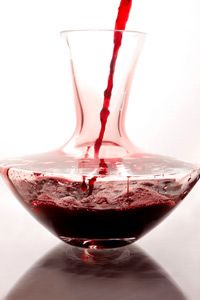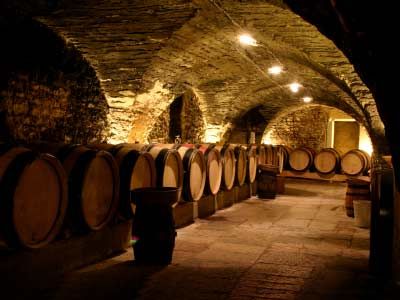Say you just settled into your first home and you're looking for a good way to say hello to the neighbors. Instead of having a traditional dinner party, you want to spice up the routine. You don't want to be boring like your parents, putting Jell-O molds and log-shaped ham loaves on the table. Maybe you noticed a quaint vineyard and winery in your town, and this gets you thinking about hosting a wine-tasting party.
Wine-tasting parties are a growing trend. It can be a great opportunity to meet people and chat. If some of your neighbors are wine experts, they can share their knowledge. Or maybe no one really knows much about wine, so this would be an opportunity to teach people about it.
Advertisement
But there is one problem. You don't claim to be an expert, but you do know that it's important to let your wine, especially reds, breathe. Didn't your Uncle Chuck corner you once during a holiday party to divulge his distaste for the red wine your parents served and to tell you about wine decanters and aerators? He said your parents didn't take care of their wine and just poured it directly from the bottle into his glass, which didn't allow the flavors to develop properly.
You remember that wine aerators are handy accessories -- they introduce air into red wine and they're easy to use. But you've never seen one in your life! Well, this article will help you out. Start by checking out the next page to learn the purpose of a wine aerator.

